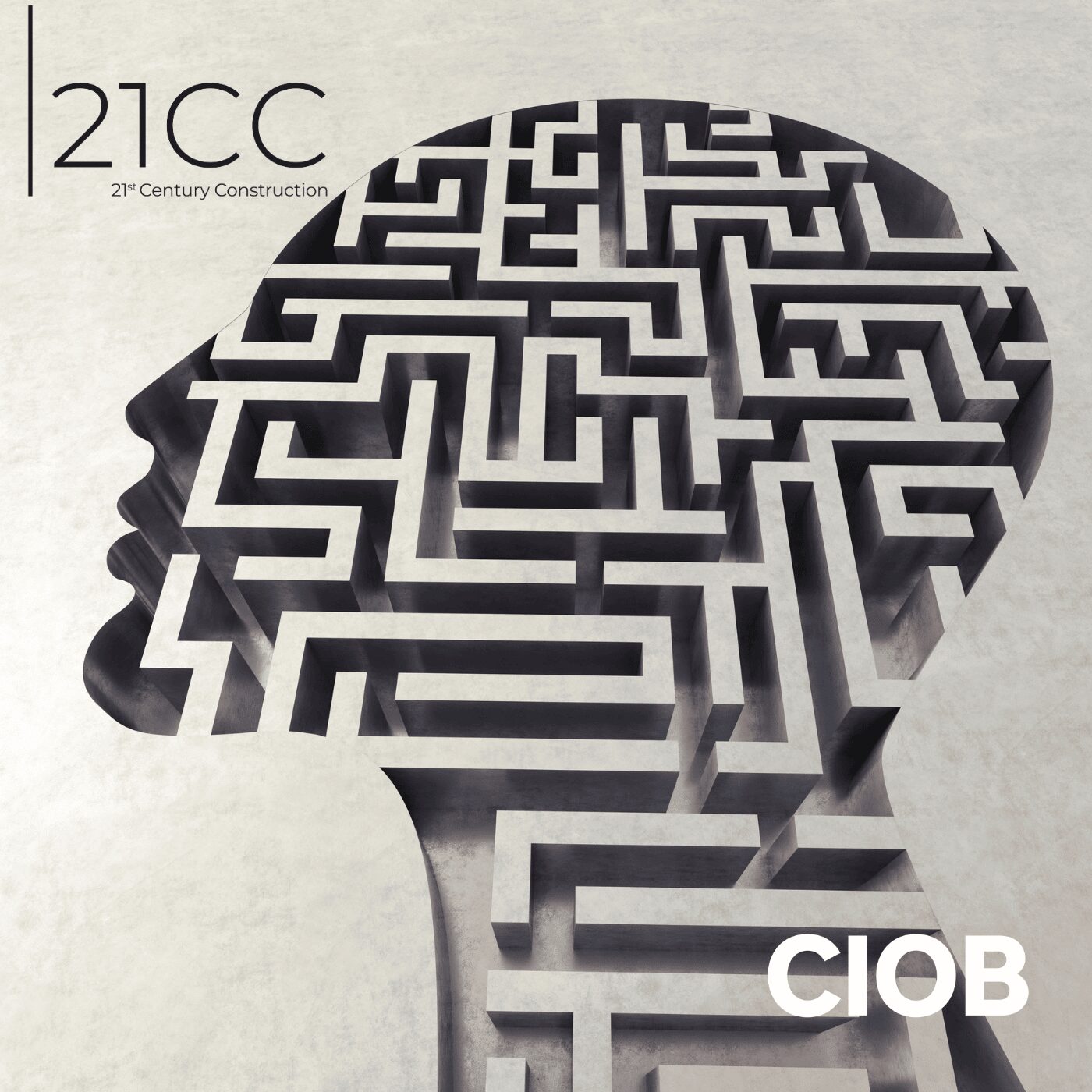
I think that a convention needs to be adopted now and that it should be based on the logic of what a dimension is. It’s not about policy or outcomes, it’s about a particular view of the data in the model.– Richard Saxon
Richard Saxon argues that some convention is needed as to what the BIM dimensions involve after 3D.
As the focus of BIM development moves from the project to the whole asset life, so practitioners are starting to add “dimensions” to the BIM model.
It was easy when the idea was to create 3D models; everyone knows what 3D means. The fourth dimension is usually “time”, due to the popular use of that concept in science fiction. The “cost” dimension has generally been given the fifth slot, with many costing applications now offered as 5D BIM.
After that it gets hazy. I have seen sixth and seventh dimensions defined variously. The sixth is defined by one major consultancy as to do with sustainability and the seventh with whole-life performance.
Alternatively, the sixth can be defined as the operations and management dimension, while the seventh has been defined by a contractor BIM expert as the dimension of data flowing from the asset in use.
I think that a convention needs to be adopted now and that it should be based on the logic of what a dimension is. It’s not about policy or outcomes, it’s about a particular view of the data in the model.
There are myriad policy areas that could mistakenly be called a dimension: sustainability, wellness, fire safety, health and safety, social value, whole-life cost to name a few.
These are all subjects for which applications could run on the model to simulate or demonstrate performance. They are not qualities of the data.
I propose that there are seven useful dimensions, structured by the disciplines leading the view on each. The first three are the province of the architect and engineers, defining objects, classifying them and ascribing required performances or properties.
The time dimension belongs to the project manager and contractor, adding tags to allow critical path planning and study of alternative build sequences.
The fifth dimension is the territory of the cost consultant, adding codes to allow cost modelling applications. Whole-life costing and carbon counting belong here too.
The sixth, I contend, should belong to the building owner and their facility and asset managers. This dimension contains the O&M information for each maintainable element and together with the other five dimensions, supports management of space, energy use, security, safety and maintenance.
Whole-life performance study is supported by the sixth dimension, but also by the fourth and fifth, which can readily carry whole-life timing, cost and carbon data.
I do like the idea of calling the seventh dimension that of information flowing from the building. The cube of six dimensions define what the built asset is “about”, but the seventh is information “from” the sensors and analytics which increasingly help to commission and run the asset.
This is the owners’ and occupiers’ territory too. Common Data Environments already exist which can integrate all seven dimensions, plus business information from the owner or occupier, to support management and decision-making.
The idea of the “digital twin”, a model which enables simulation and supports operation, works on the basis of six dimensions before commissioning and the seventh when put to use.
Richard Saxon CBE is associate director of Deploi: BIM Strategies. www.deploi.co.uk














